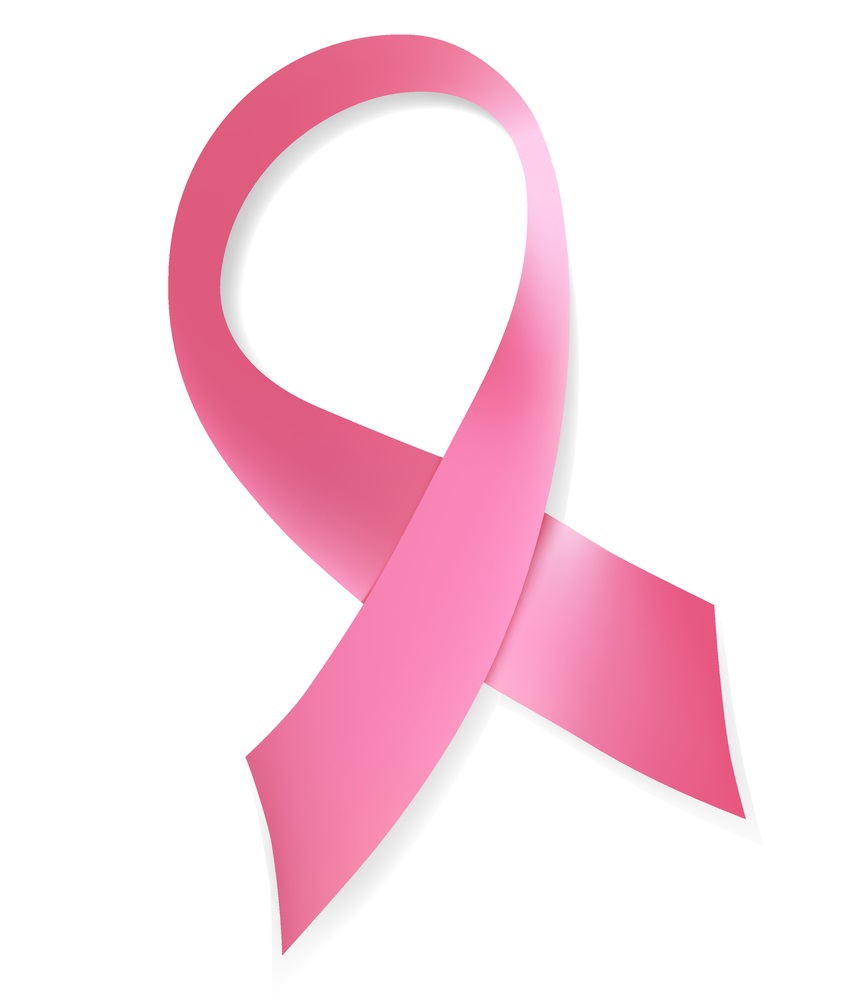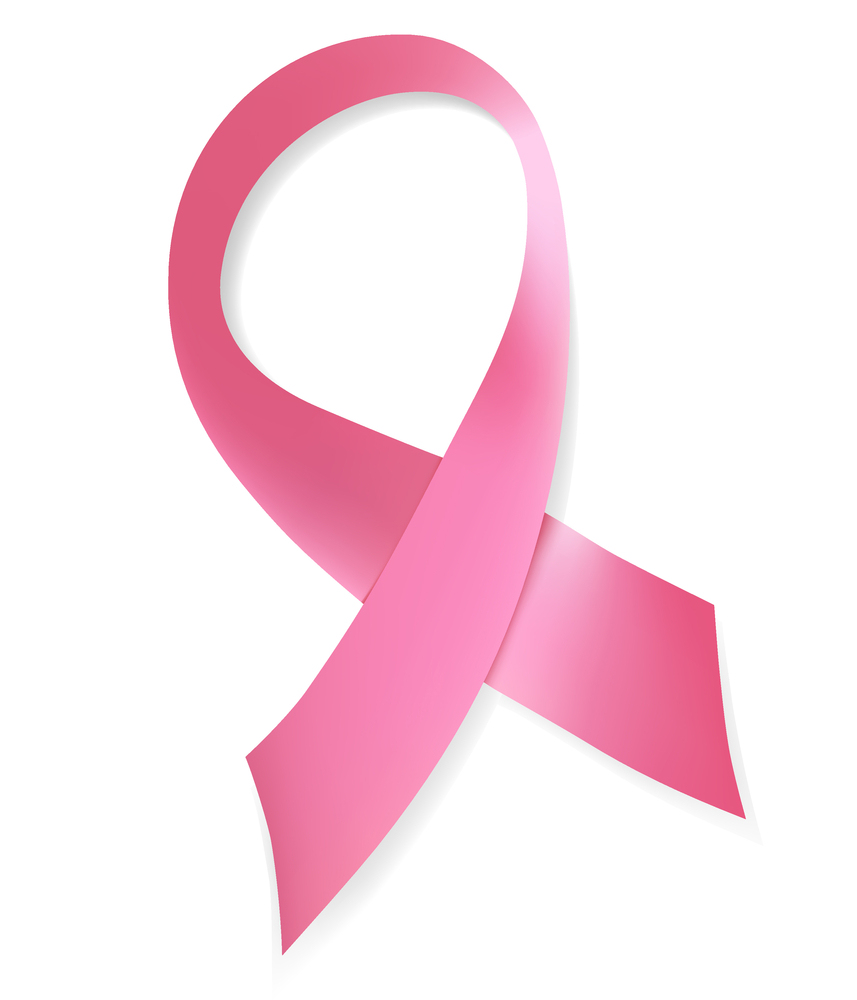Steady Increase in Double Mastectomy Despite Lack of Medical Benefit
There has been a steady increase in double mastectomy following breast cancer diagnosis. As it turns out, many of these are not medically indicated and the procedure often does not result in increase survival rate.
A recent study funded by the National Institute of Health conducted at the University of Michigan looked at the increasing trend toward the prophylactic use of double mastectomy. More specifically, the study looked at contralateral prophylactic mastectomy (CPM). CPM is the removal of both breasts when only one breast shows evidence of breast cancer. In other words, the healthy breast is removed along with the affected breast.
Few Benefit from the Election for Double Mastectomy
The University of Michigan study found that the use of CPM has been increasing over the last decade. The study found further that “very few women with a new diagnosis of breast cancer are likely to experience a survival benefit from electing this procedure.”
The study found that many women diagnosed with breast cancer considered having the healthy breast removed as part of their initial treatment. Remarkably, despite ample literature indicating a lack of improvement in survival rates for those who have elected CPM in all but a very few genetically predisposed patients, the study found that elective CPM increased with higher levels of education.
Fear is Driving Election of Unnecessary Double Mastectomy
The study concludes that many women are making the decision for double mastectomy based upon a fear of recurrence. Unfortunately, these fear driven decisions are doing little if anything to improve survival, and in fact may adversely affect survival in some patients.
The study advocates for greater education of the patient. The study recognizes that the findings on CPM and survival rates are readily available and that those that elect CPM typically have higher levels of education. So the education must be at the doctor-patient level. The doctor must explain to the patient the risks and benefits of CPM.
Many Risks Associated with Double Mastectomy
The study lists a couple of the most obvious risks of double mastectomy such as surgical complications and lengthy recovery time. The study does not mention the inherent risks of entering a hospital.
The study does not mention that it is estimated that up to 440,000 patients a year will die from preventable medical error in hospitals. It does not mention the fact that there is an average of one medication error per hospital day. It does not mention the many infections that occur post-operatively and specifically it does not mention the so-called MRSA epidemic.
Duty to Inform of Risks and Benefits of Double Mastectomy
This leads to the question of what kind of risk benefit information must be provided to a patient. Perhaps, it is a little much to ask doctors to cite the statistics suggesting a medical malpractice epidemic but it certainly seems reasonable to require them to advise them on the lack of benefits in survival rate and the general risks of surgical complications and recovery.
In fact, under the New Mexico Uniform Jury Instructions, such a discussion seems to be required. UJI §13-1104 sets forth a New Mexico doctor’s duty in this regard:
“In treating [his] [her] patient, a doctor is under the duty to communicate to the patient that information which a reasonably prudent patient under similar circumstances would need to know about:
1. the patient’s condition; and
2. the alternatives for treatment; and
3. the inherent and potential hazards of the proposed treatment; and
4. the likely result if the condition remains untreated.
The duty to inform does not require a doctor to discuss with [his] [her] patient every risk of the proposed treatment no matter how small or remote. A doctor has no duty to discuss risks, which the doctor can reasonably expect to be obvious or known to the patient.”
Scope of Doctor’s Duty to Inform of Risks and Benefits
Again, a doctor will probably not be required to address the epidemic of medical malpractice. In fact, this discussion might deter patients from ever entering a hospital.
On the other hand, UJI §13-1104 would seem clearly to indicate a discussion of the benefits of CPM. It would also seem to require a discussion regarding the lack of improved survival rate if this is indicated by the patient’s specific situation. Finally, it would suggest a general discussion of the risks related to surgery and recovery.
Patient’s Decision Should be Rationally (Not Fear) Based
The study notes that breast cancer patients have great difficulty assessing their own risks and that fear or recurrence will override a more objective evaluation.
Doctors should understand this and should address the fears in light of the actual risks and benefits of CPM. The ultimate decision is up to the patient. However, the patient should be fully informed so that the decision to the degree possible is based in science and medicine, and not strictly in fear.


